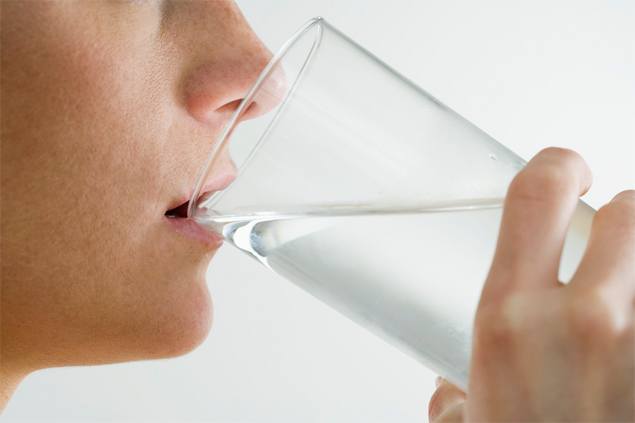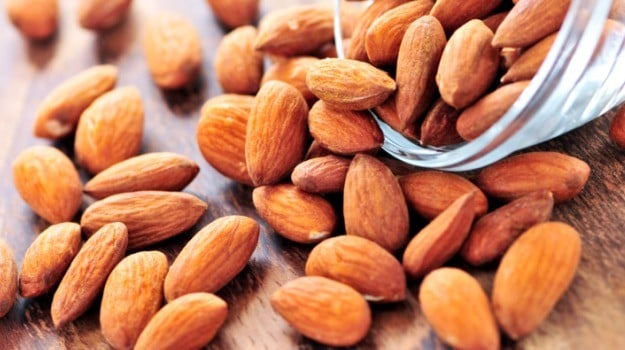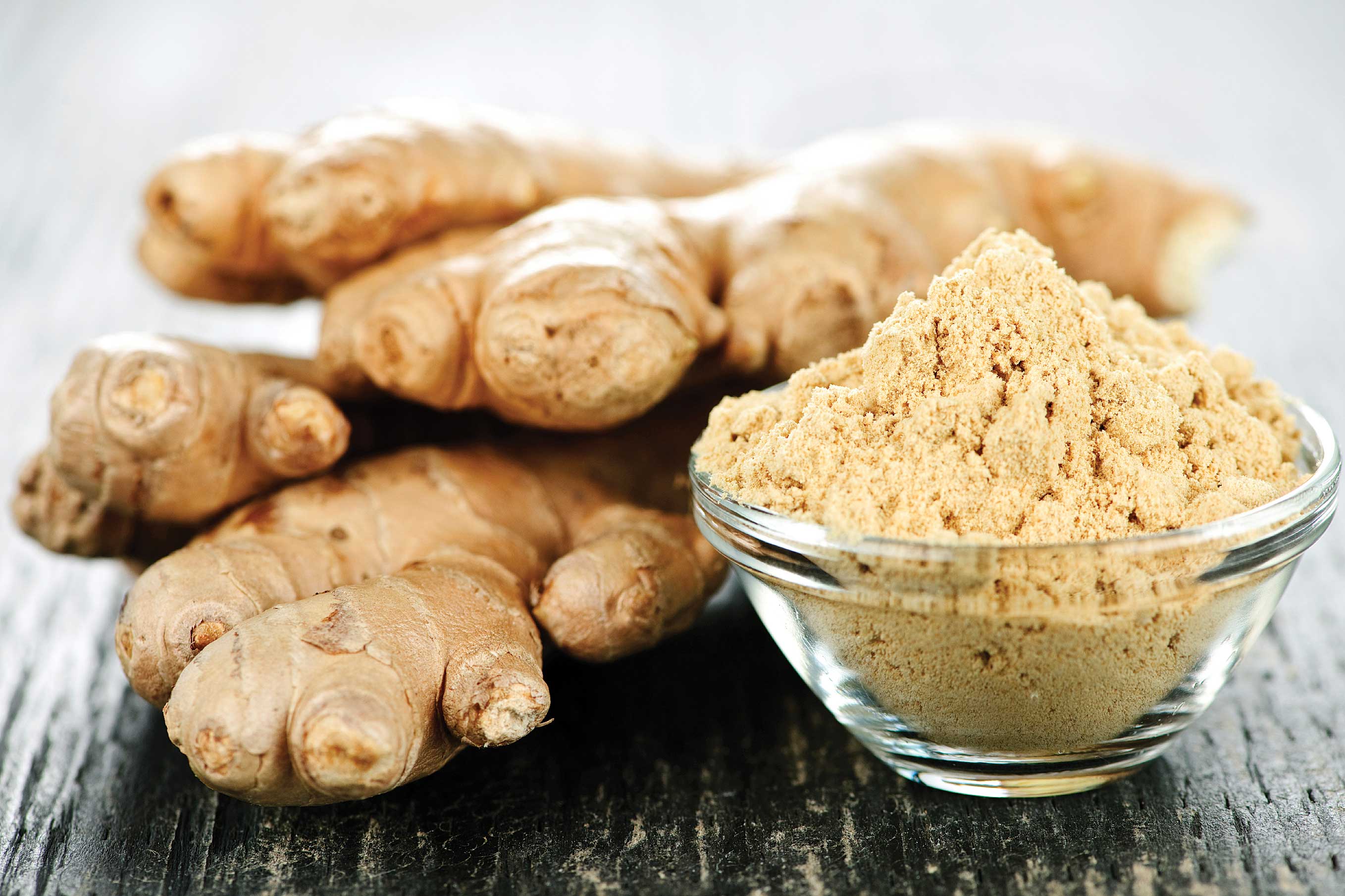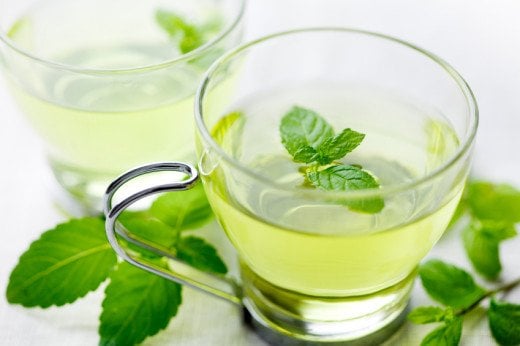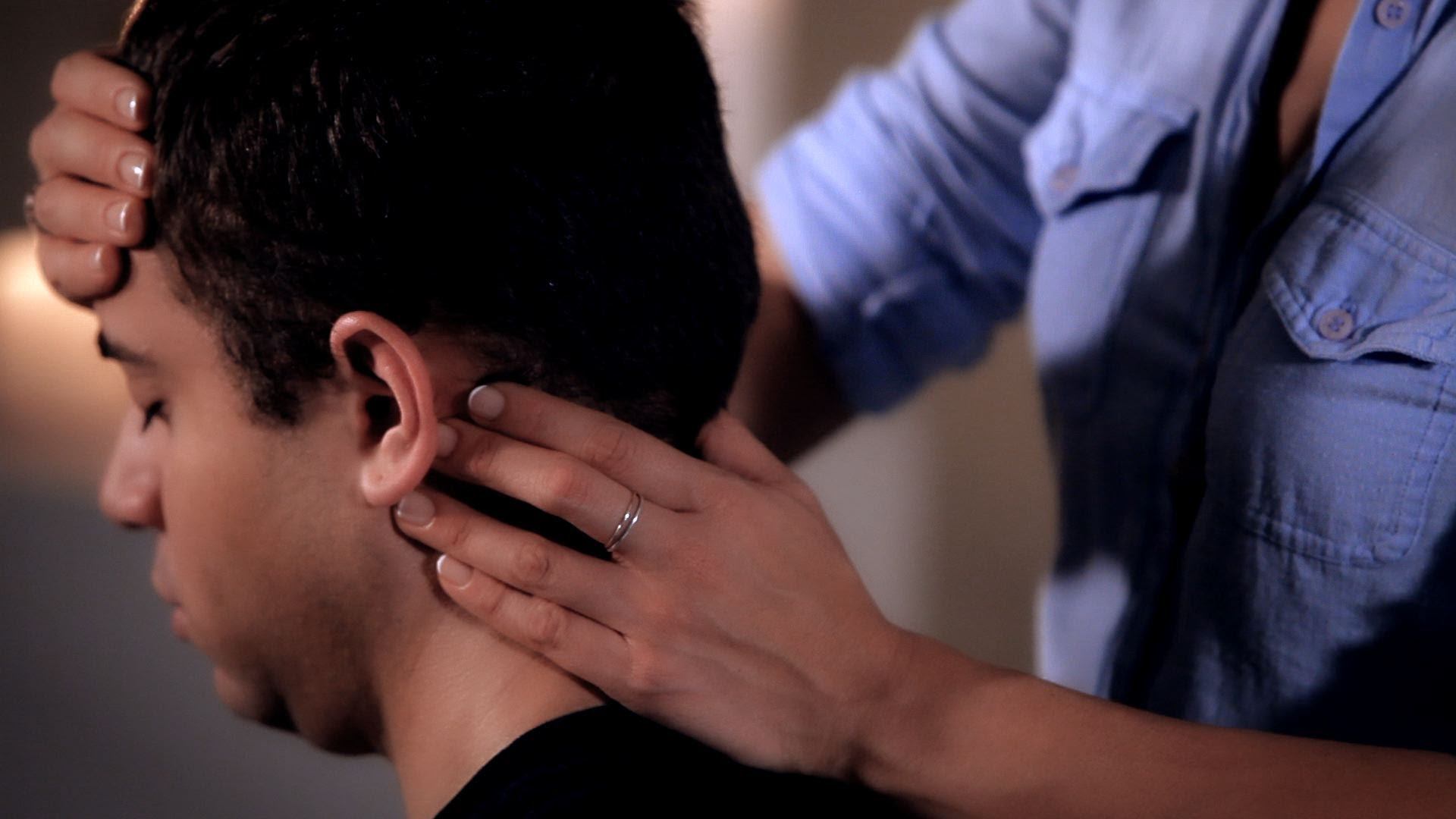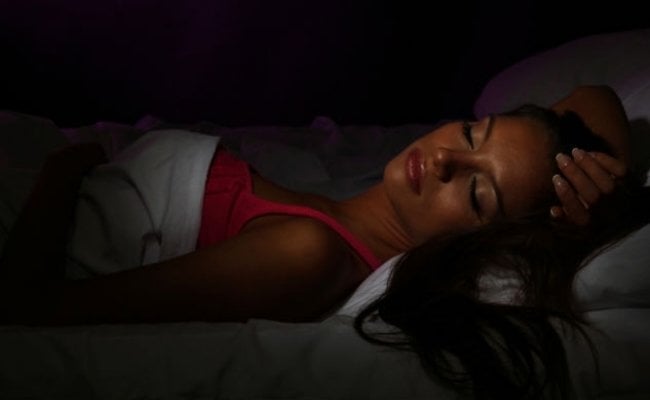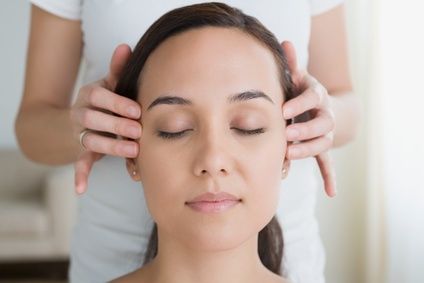We have all had those days when we feel weighed down by a persistent headache. These headaches can be so bothersome that they make even the most mundane and simple tasks feel daunting and impossible. Common causes of headaches include stress, tension, restlessness, sinus problems, migraines, lack of sleep and dehydration. Medical treatment may at times be necessary, but on other occasions alternative remedies can prove to be highly beneficial. Natural home remedies can provide you with instant pain relief that will leaving feeling like you can face the rest of your day purposefully. Here are 12 natural remedies that will help you get rid of a headache.
Apart from the ways to get rid of a headache, you may also want to know more about the headache you’re suffering from:
Tension Headache: Understanding Of The Most Common Headache
Cluster Headaches: How To Deal With The Worst Headache
Sinus Headache: Symptoms, Causes And Natural Reliefs
Mom Tips: How To Relive Headaches During Pregnancy
1. Water
Often headaches are caused by dehydration. This type of headache can be treated by simply rehydrating your body. You can drink a glass of water when you first experience the symptoms of a headache and continue taking sips throughout the day. You may also like to try drinking a sports drinks. Sports drinks contain electrolytes which can help relieve tension and rehydrate the body. It is important to avoid drinks such as alcohol and coffee as these types of drinks can further dehydrate the body.
2. Try Ice or Hot Pack
If you have a headache that is caused by sinus problems, then a cold compress is a great solution. The ice pack, when placed on your forehead, will numb the area and thus stop the pain. You can make an ice pack by wrapping some ice cubs in a thin towel. You can also use a bag of frozen vegetables, but never apply ice directly on your skin. Hold the ice back to your head for a few minutes.
Using a heat back will help relax tense muscles, so if you are suffering from a stress headache then a heat pack is a great solution. You can apply a hot water bag to the back of your neck or you can fill a tub with hot water and put your hands in it for 10-15 minutes. If you suffer from chronic headaches, then you may want to make a habit of dipping your legs in a bucket filled with hot water for 10 minutes before bed. Hot foot bath can improve our circulation and remove the blockage in the nasal passage so it is especially useful for headache caused by sinusitis.[1]
3. Niacin (Vitamin B3)
Niacin (Vitamin B3) rich foods are effective in the treatment of headaches and migraines. A study published by the Journal of Orthomolecular Medicine in 2003 found that niacin facilitates blood flow to the head by expanding blocked arteries.[2] Pain should subsite a few minutes after taking niacin. Niacin can be found in chicken, tuna, salmon, criminy mushroom, peanuts, barley, bulgur, whole wheat, sunflower seeds, green vegetable, liver and more. Niacin may also be taken as a vitamin supplement. Excessive intake of niacin can result in ulcer and liver problems so it should be taken carefully and only in moderate quantities.[3]
4. Almonds
Almonds act as a pain reliever as they contain salicin. Salicin is a pain blocker that is found in over the counter pain killers. Almonds are effective as a treatment for the pain experienced when you suffer from a headache and may also be used as a preventive treatment. You can try eating a handful or two of almonds when you feel a headache starting to set in.[4]
5. Ginger Root
Prostaglandin synthesis is a process that takes place in humans. It involves the creation of lipid (Fat) compounds within cells. These fatty substances are like chemical messengers. They trigger biological process such as inflammation and alerting neurons to pain. Some drugs such as aspirin inhibit prostaglandin synthesis. Gingerroot is a natural substance that also inhibits the synthesis. In other words gingerroot can work to prevent the process that alerts your neurons that pain is present.[5] Thus it stops our body from recognizing and responding when headaches occur. It can also help elevate feelings of nausea.
You can simply chew on a piece of ginger root or drink some ginger root tea.
6. Peppermint
Peppermint has calming and soothing properties that can aid in the treatment of a headache. Peppermint can be taken as a tea or you can use peppermint oil. Peppermint oil can be massaged gently into your temples, jaw and the back of your neck. In addition, you may like to inhale peppermint steam. This can be very beneficial and can also help with symptoms that often accompany headaches such as nausea and vomiting.
7. Add Pressure
When you feel the first inklings of a headache place a bit of pressure on your craniosacral system. You can do this by pressing with your fingers on certain migraine-specific spots. This can help your brain to rest and relax. By increasing pressure in the cranium tension that builds up in your brain is sent elsewhere.[6]
8. Slip into Darkness
Light can prove to be very painful when you are suffering from a headache. Migraines (and headaches) are most often caused by sensory stimuli. Light is one such stimuli. Shutting out light can bring instant and dramatic relief. If you turn down the blinds or shut off a few lights in your room, you can help to reduce the pain of your headache. You may also like to wear a pair of sunglasses. These can be worn indoors and outdoors and they protect from both natural and unnatural light.[7]
9. Acupuncture
In acupuncture thin needles are inserted under the skin. According to Chinese medicine this is meant to realign the flow of energy (or qi) in the body. An analysis, known as a Cochrane review found that acupuncture is just as effective in preventing acute migraines as drug treatments.[8] This review also says that the evidence suggests that acupuncture can help people with frequent episodic or chronic tension-type headaches.[9]
10. Meditation
There data on the effect of meditation on headaches and migraines remains limited; however, a small study of people with migraines found that spiritual meditation reduced headache frequency and improved pain tolerance.[10]
It was reported: “Compared to the other three groups, [Internally Focused Secular Meditation, Externally Focused Secular Meditation, or Muscle Relaxation] those who practiced spiritual meditation had greater decreases in the frequency of migraine headaches, anxiety, and negative affect, as well as greater increases in pain tolerance, headache-related self-efficacy, daily spiritual experiences, and existential well being”.[11]
Thus, you may want to invest energy in learning spiritual meditation as it may prove to be an effective way to prevent and treat the pain associated with headaches and migraines.
11. Massage
A study found that when they received six weekly massage sessions, people who suffered from migraines had less frequent migraines and better sleep, during the massage weeks and the following three weeks than the control group.[12] You may like to try rubbing your temples or getting a neck, back, head or shoulder massage to treat your headache or migraine.
12. Stretching
Specific headache-relieving stretches can help to relieve muscle tension that can be a big contributor to the pain. Here are some quick stretches you can try next time you feel a headache looming:
1. Neck range of motion (chin forward, upward, and toward each shoulder)
2. Shoulder shrugs (shrug up, up and forward, and up and back)
3. Neck isometrics (press palm into forehead and hold; press hand on each side of the head)
For the best results you should stretch twice a day for 20 minutes each time.[13]
Try some or all of these headache remedies and you will be sure to get rid of a headache in no time.
Featured photo credit: Tiko Aramyan via shutterstock.com
Reference
| [1] | ^ | https://www.ucheepines.org/hot-foot-bath/ |
| [2] | ^ | https://www.livestrong.com/article/381378-niacin-and-migraines/ |
| [3] | ^ | https://home-cure.net/home-cure-migraine-headaches-natural-remedies/ |
| [4] | ^ | https://everydayroots.com/headache-remedies |
| [5] | ^ | https://everydayroots.com/headache-remedies |
| [6] | ^ | https://home-remedies.wonderhowto.com/how-to/10-ways-get-rid-migraine-fast-without-any-medicine-0163408/ |
| [7] | ^ | https://home-remedies.wonderhowto.com/how-to/10-ways-get-rid-migraine-fast-without-any-medicine-0163408/ |
| [8] | ^ | https://www.cochrane.org/CD001218/SYMPT_acupuncture-preventing-migraine-attacks |
| [9] | ^ | https://www.cochrane.org/CD007587/SYMPT_acupuncture-tension-type-headache |
| [10] | ^ | https://www.health.com/health/gallery/0,,20538298,00.html |
| [11] | ^ | https://www.ncbi.nlm.nih.gov/pubmed/18551362 |
| [12] | ^ | https://www.ncbi.nlm.nih.gov/pubmed/16827629 |
| [13] | ^ | https://www.health.com/health/gallery/0,,20538298,00.html |

